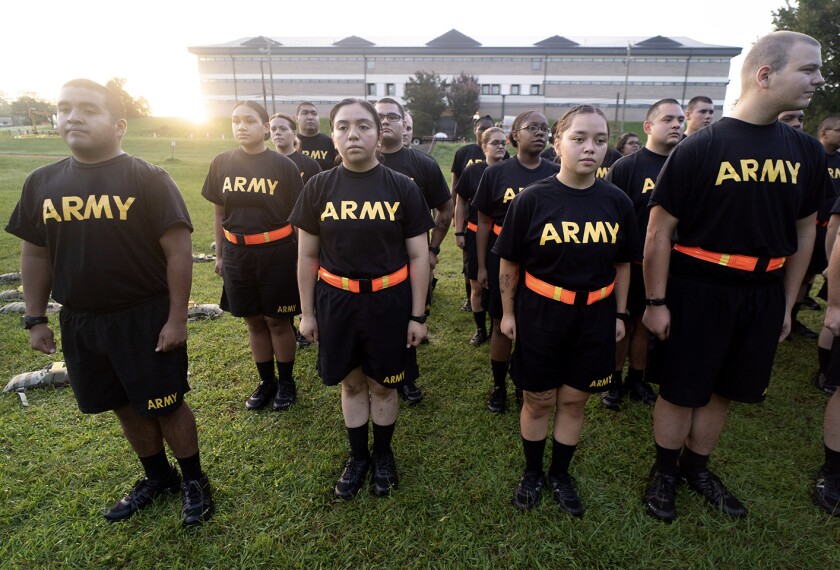Integration of international and public policy issues into digital media programs encourage digital literacy and global competency, foster global awareness, promote civic participation, and develop 21st Century skills says Ryan Waingortin, Online Leadership Program Associate, Global Kids.
For many years, Global Kids’ Online Leadership Program (OLP) has facilitated game design as part of afterschool, summer, and in-school workshops for teens. Youth in these workshops make physical games, video games, and text-based interactive stories. In running these programs for nearly two years, I have seen the challenges as well as potential of game design to promote youth self-expression, help kids learn more deeply about issues and stories that interest them, and develop important design thinking and computational thinking skills along the way.
Geo-locative Game Design

OLP has diversified into location-specific gaming through our NYC Haunts program, a STEM-based learning program in which youth designers create a mobile, geo-locative augmented reality game, a game that is played in a physical space but utilizes a technological component—in this case, a smartphone or tablet, that explores local history and contemporary issues facing a particular New York City neighborhood. Games are created using TaleBlazer, a free web-based tool. Students incorporate storytelling to guide the player through the game and block-coding to build the mechanics so that players interact with the objects and characters. The game is then played using the player’s tablet or smartphone GPS, showing their location on the game map during play.
Life as a First in the Field
NYC Haunts’ pedagogy is guided by the theory of constructivism and Gloria Ladson-Billings’ theory of culturally relevant pedagogy. A group of students from High School for Global Citizenship in Brooklyn demonstrated these competencies when they created Life as a First in the Field, a location-based game where users play as Jackie Robinson and must make it around all bases of a baseball diamond on the game map while maintaining both their patience and reputation. The footprint of Ebbet’s Field was brought into the image of the map of the game, transporting the player to another time.
Meeting for two hours each week over the course of the school year under the supervision of the program facilitator, students underwent the ambitious design process involved in creating such a game, reflecting Ladson-Billings’ Cultural Relevancy framework.
Experience Academic Success
Students took trips to the Brooklyn Public Library where librarians helped them look through primary sources such as original newspaper articles and photographs to find interesting information about the school’s neighborhood. After picking the topic, students collaborated on the story of the game, writing the game’s story arc and script for each character. They also learned computational thinking concepts by writing the game’s code, like how to implement the use of variables, such as points.
Moreover, students understood what it takes to make a game so that its mechanics function and interact with its components. They discovered that when creating a game in TaleBlazer, the story, code, and mechanics work together to make the game playable: when one part changes, so do all the others. Sometimes, it was frustrating for them to work through constant changes and adjustments to the game’s elements, but they strengthened their teamwork, communication, and critical thinking abilities to overcome these challenges.
Maintain Cultural Competence
The idea to make a game about Jackie Robinson came from a student who lived on the site of the former Ebbet’s Field, the home field where Robinson played for the Brooklyn Dodgers. Since most of the students who helped design the game grew up in the area, they identified with Jackie Robinson and learned about the struggles he faced due to his identity as an African American facing adversity in major league baseball.
Their research focused on the community that supported Robinson, as well as those who discriminated against him, incorporating those characters into the game. In deciding what to research, students were required to ask themselves and each other some tough questions. For example, what are obstacles Jackie Robinson had to overcome that I and countless others still confront today?
It is often difficult as the facilitator to help students find answers to such questions because I can’t always identify with the same issues that they do, but I can help them organize their thoughts and brainstorm how to incorporate these questions and ideas into the game’s design. When it comes to game design, students have the power to explore their interests and curiosities and include them in the design process.
Develop Critical Consciousness
The game’s designers discussed and researched the effect on Jackie Robinson of the media as well as stereotypes about black men, while also developing an understanding of the role that Jackie Robinson played in breaking the color barrier in baseball and how that had a larger impact on society. These students identified with Robinson’s struggle and wanted to tell this story because they acknowledged the importance of the location in black history, and wanted to contrast with the seeming “every-dayness” of the location today.
Beyond Conventional Media
By creating this game, the young people exposed something they considered important about a place they encountered every day. They could tell the story of Jackie Robinson, focusing on what they thought was important. The format of a location-based game, rather than a film or other form of media enabled the youth designers and players to think through some of the dilemmas facing Robinson, and then make decisions “as Robinson.” They were able to use this story to think about broader issues, such as stereotyping of black men by the media and modern day racial injustice.
Connect with Global Kids and Asia Society on Twitter.
Image caption: Students from HSGC playtest the first iteration of Life as a First in the Field.
Image courtesy of the author.




